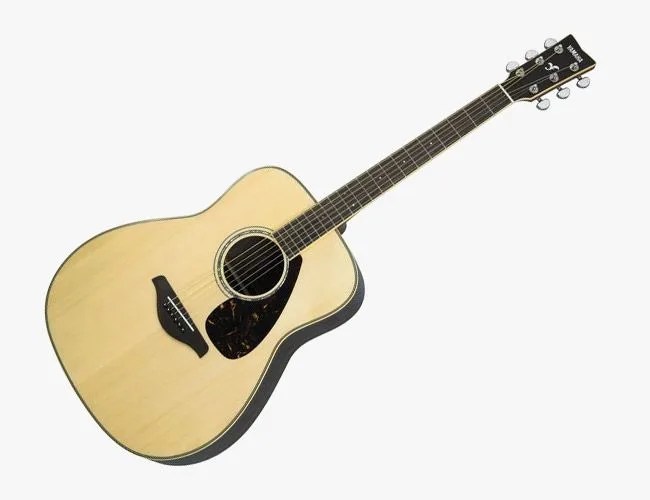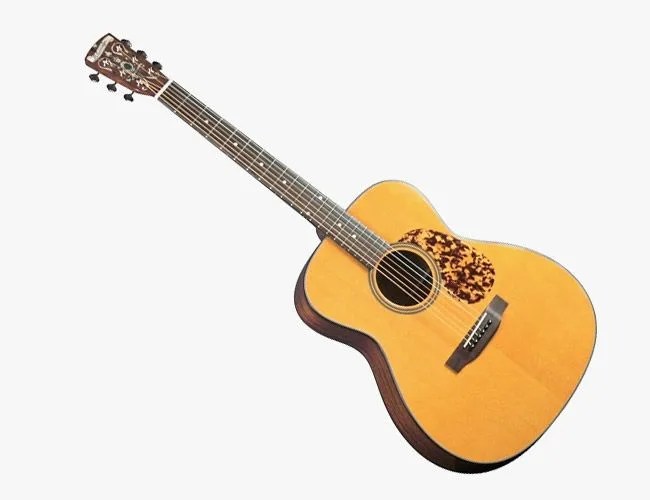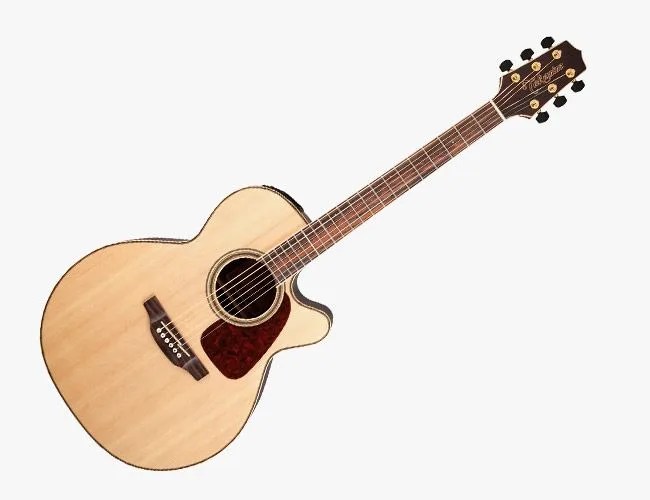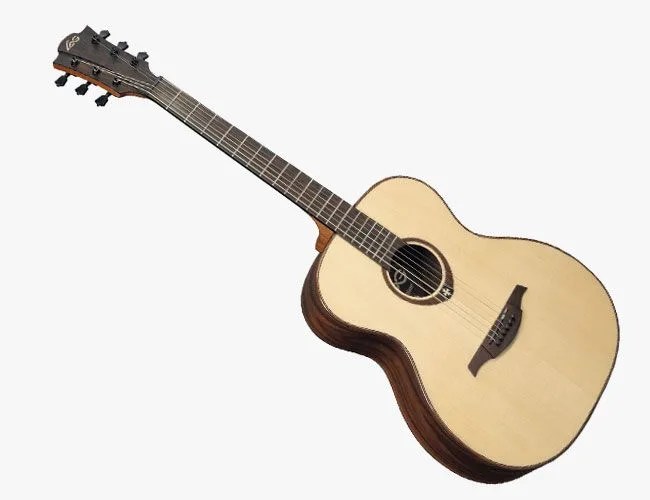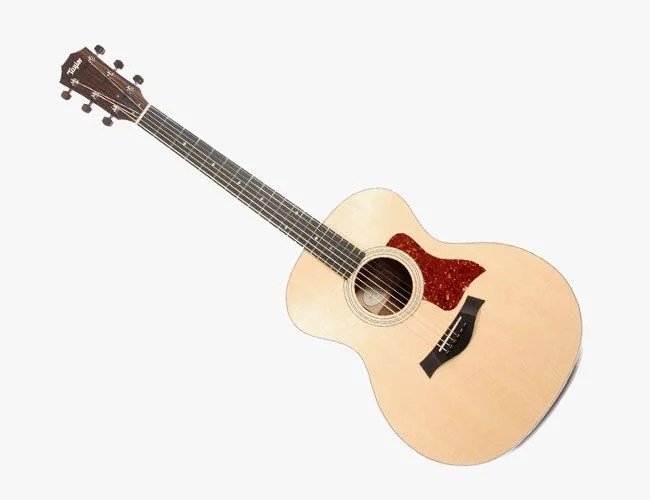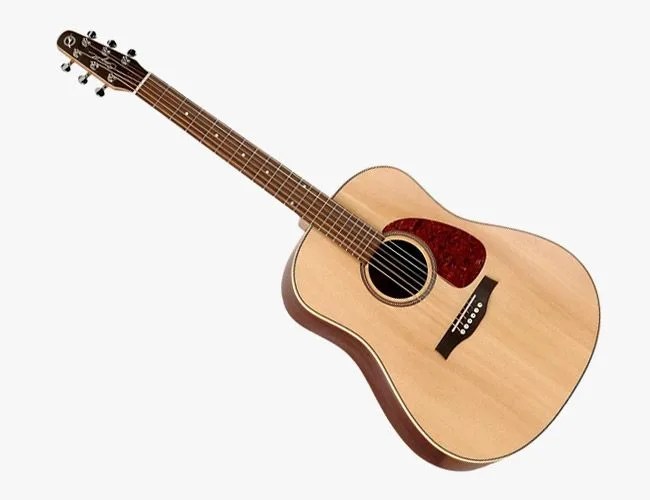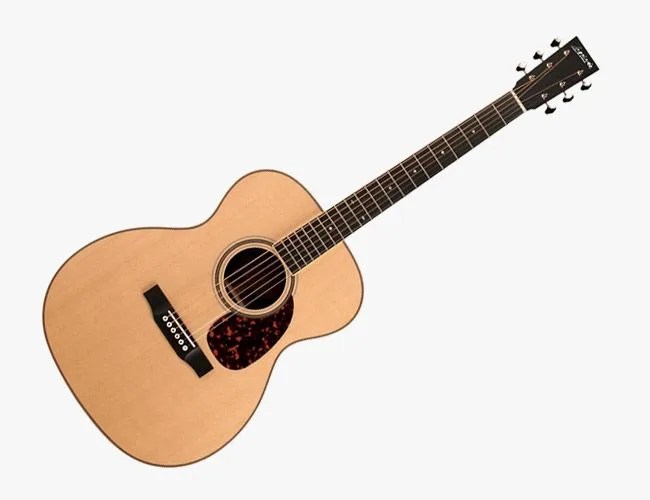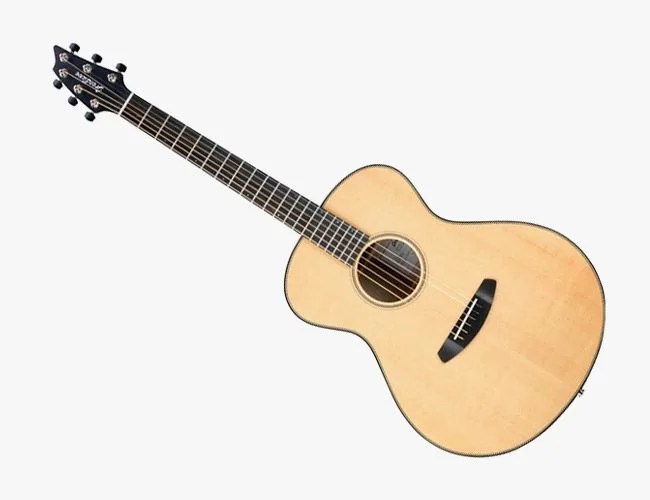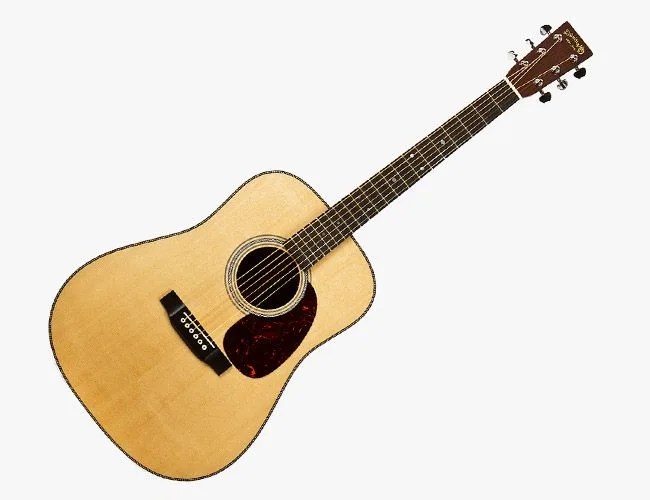When you ask professional guitarists why they started playing, they almost all answer the same way: “It was the sound of the instrument.” This is especially true for those who pick up acoustic guitars, because the player is in control of sound production (amps and effect pedals aren’t necessary), and therefore the aural quality is readily apparent. With six steel strings and a body made up of carefully selected tonewoods, each acoustic guitar has a unique voice. Acoustic instruments also magnify the attributes of the performer. The touch and sound of a player, though also evident with electric guitars, are most readily on display in acoustic guitars; they are wonderfully transparent instruments.
When you strum an acoustic guitar, you hear two things: the woods it’s made out of and its construction. No matter the quality of woods used, if a guitar is poorly built, it will have a lackluster sound. Typically, the top (soundboard) of an acoustic guitar is either spruce or cedar. Spruce-top guitars lend themselves to a wider range of timbres and are typically brighter sounding. Cedar-top guitars, on the other hand, have a warmer, darker sound that is smooth and rich. The backs and sides of acoustic guitars are typically built of either rosewood, for a brighter, more responsive guitar, or mahogany, for a darker-sounding instrument. Interior braces influence the sound of an instrument and a great builder can shape and tune an instrument with millimeter adjustments to bracing. Every small detail of an acoustic guitar will affect its tone, from the material of the nut and saddle to the shape and angle of the neck. Though there are countless options on the market, the following instruments offer the best value in the consumer price range.
Beginner
Great Tone at a Fraction of the Price

